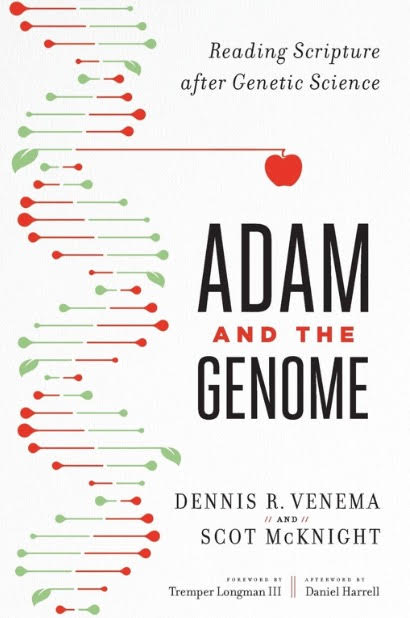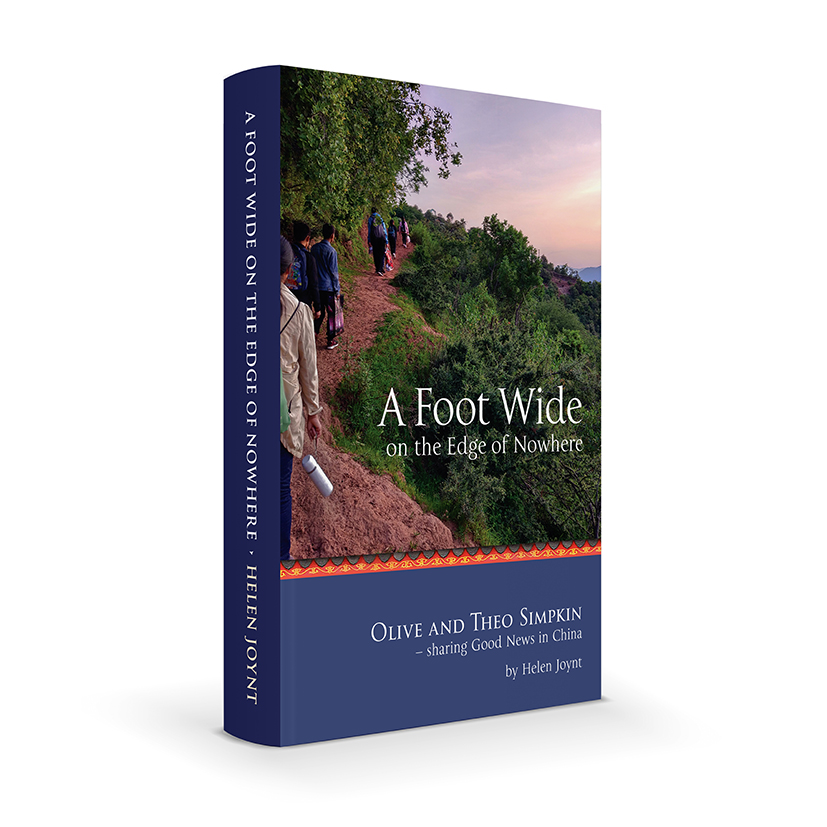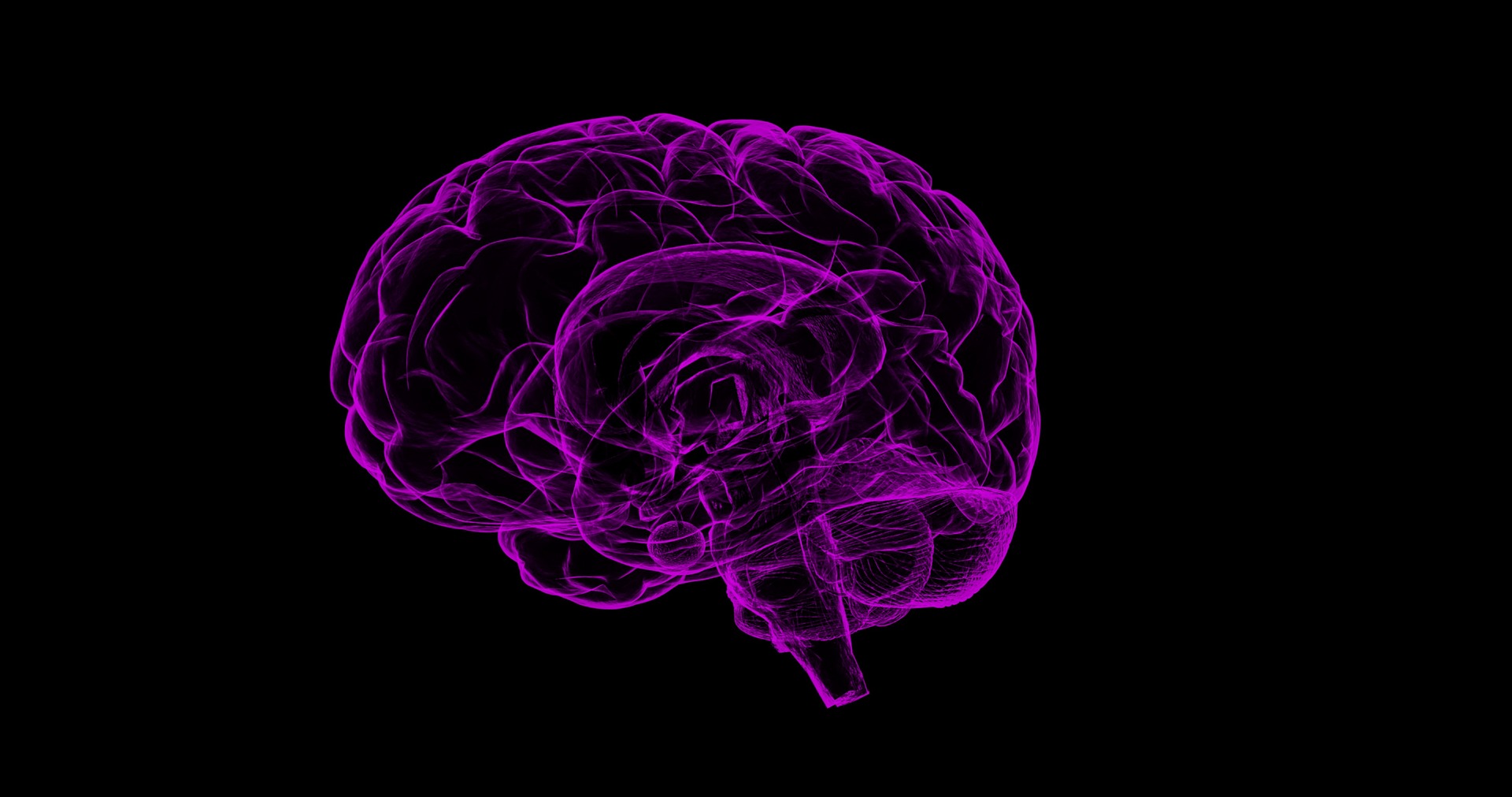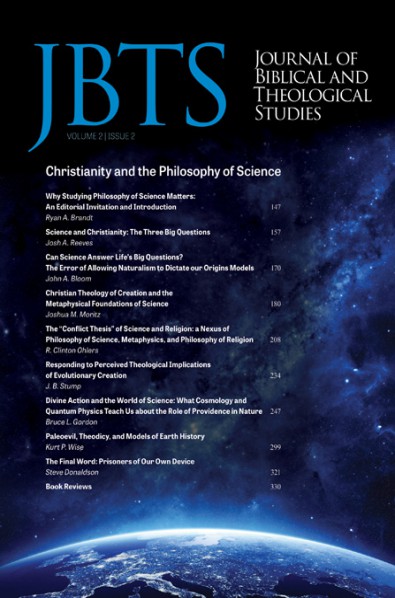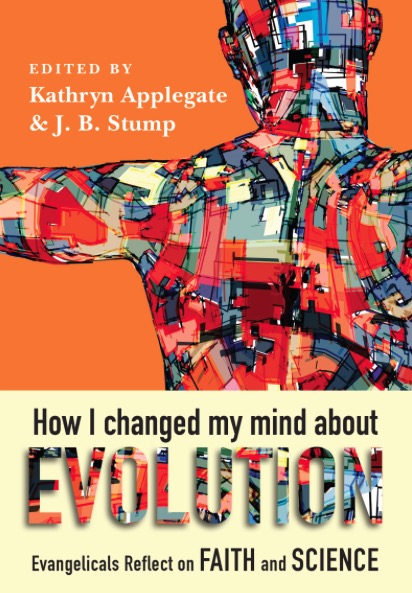


Download PDF
This prayer, ‘I and Thou’, was a reaction to the CTNS Workshop Adelaide, 2001.
It was first published in the Pacific Journal of Theology and Science 2001;2(1):40-1 by the Flinders University and Adelaide College of Divinity Centre for Theology, Science and Culture. It is reproduced here by permission of the author.
I and Thou
For all those who shared their pain
In among all those feedback loops1, LORD, I’m still here.2
Within the subvenient brain actions B1 to B2,3
supervenient on4 M1 to M2,
round the environment input circuit
and back somehow5 through sensory pathways, here I am.6
Hurting, yearning, hoping, fearing grieving, crying, or too numb to cry.
Outwardly controlled, rational, witty, laughing Inwardly sore, dry, hungry and afraid.7
And you LORD, where are you?
Bound outside your world by the strictures of our scientific laws?8 Impotent by our cerebrations?
Silenced by our many words?9
Let your Spirit within10
silence the clamour of the many voices;
And in that silence11
may you speak12 that word of love that will make us whole;
that will reassure us
that to be vulnerable to each other13
is not our destroying but our healing.
Giver of life,14 Victor over death15 Give us your life
for ourselves, for each other and for all16.
In Jesus name17, Amen.
Alan Gijsbers
Dr Alan Gijsbers MBBS FRACP FAChAM DTM&H PGDip Epi is Specialist Physician in Addiction Medicine; Head, Department of Addiction Medicine Royal Melbourne Hospital; Director, Substance Withdrawal Program The Melbourne Clinic; Chairman Victorian Addiction Inter-hospital Liaison Association; State Chairman ISCAST(Victoria); Immediate Past Chairman, Christian Medical Fellowship of Australia.
1 The mind-brain relation was discussed by Nancey Murphy who embraced a non- reductive physicalist position which saw soul functions explained by neurobiological processes. She used the term “supervenience” to relate soul functions to brain functions preferring that term to the term emergence. Emergence is too ambiguous – but supervenience is too unclear. The secret to the mind-brain connections lies in truly unravelling those two words.
2 This poem insists on a meaningful “I story” which it links later on to the “Thou story”. For myself I am amazed how often theologians of all persuasions detach themselves from this obvious fact. I remember an early encounter with Robert Banks in a small group in my church in the 70’s where I made a similar point objecting to the objective detached nature of his (then) theological discussion. God loves us and Christ died for us. For goodness sake, let’s respond in love and gratitude. We can theologise so much we forget the personal nature of God’s love and God’s relationship of steadfast love to God’s children. Hence the capitals in LORD, speaking the Holy name of covenant relationship. Such parental love as in Hosea 11:1-4 and of course the love of God in Christ in the death of his Son of Romans 5:8-10 and 1 John 4:7-12 are to my mind central to the Gospel. They were rediscovered in Massachusetts in the 1730’s with Jonathan Edwards The Christian Affections and later with the Wesleys at Aldersgate. I see the power of that love in my drug and alcohol counselling when I am addressing the pain of my patients. Such pain and healing are echoed in my own spiritual journey.
3 When Nancey Murphy’s talked about B1 and B2 she had no idea that this simple description of brain activity would create such a titter in the audience. B1 and B2 are Bananas in Pyjamas – two favourite Australian children’s television characters. They are two grown men in banana suits with B1 and B2 on their collars. They are favourite among children because they are fun and favourite among the Australian Broadcasting Commission because of the dollars these characters rake in.
4 Of course this is wrong. M1 and M2 are supervenient on B1 and B2, but that’s the point here. At the conference we were all struggling to understand. Here I’ve got the theory wrong, but the I story is still intact.
5 Does it go back through B1 and B2 or back through M1 and M2?
6 This is not a statement of my own divinity but a recognition of my derived being from God, the great I am. I take great comfort in Barth’s thought that the great I am “certainly does not doubt his own existence.” There may be echoes of that provocative disastrous ego ergo sum, but here (if I may mix my languages) it is agape ergo sum – where agape is first received by me from God and I in turn can then give.
7 The paradox of the outward and the inner me. Alec Wood drew my attention to the, “Who am I,” poem of Bonhoeffer. I had been affected by that many years ago, but had long forgotten it.
8 I was surprised by the conference’s approach to scientific laws, in spite of Bill Stoeger’s exposition of the provisionality of our scientific laws. It came up in a question about the resurrection. The question implied that because we cannot find a valid scientific explanation for the resurrection, therefore it did not happen. To my mind that makes the explanation change the data. The data to decide whether the resurrection happened or not has to be established historically – if our explanation for the resurrection does not fit, the explanation is inadequate. Data has to determine theory – not the other way round – I am sufficient of a classic scientist to still accept that. I have similar problems with my students at the bedside. They say they do not understand why the pulse slows on inspiration. I say, measure the pulse, does it slow? Since it does, that is established. The explanation is secondary.
9 I am grateful to Noel Thomason for that delightful word hypermetalogorrhohoea.
10 Much was made of the immanence of God – but whether immanent or transcendent, how does God act in nature – we don’t know, but we believe God does.
11 Shades of Elijah, 1 Kings 19:11ff.
12 How does God speak? A whole theology of the word of God – both Torah and the Grace and Truth of John’s Gospel are implied here – the Word is around and within us and even in the very nature we study (Ps 19).
13 This is so difficult when we are trying to be erudite and convincing! Yet open- hearted (wherever that fits into the mind-brain model!) is part of the rich matrix of agape we all live within in the body of Christ.
14 See Gen 2:7 and John 1:1-5.
15 Rev 1:17ff. A great comfort to those who were suffering recent bereavement.
16 Our theological work is done with all our windows open (Barth). He also calls for a skylight – but I guess that’s what this prayer is really all about.
17 He who loves us, died for us, rose and now prays for us – worth turning to!!
